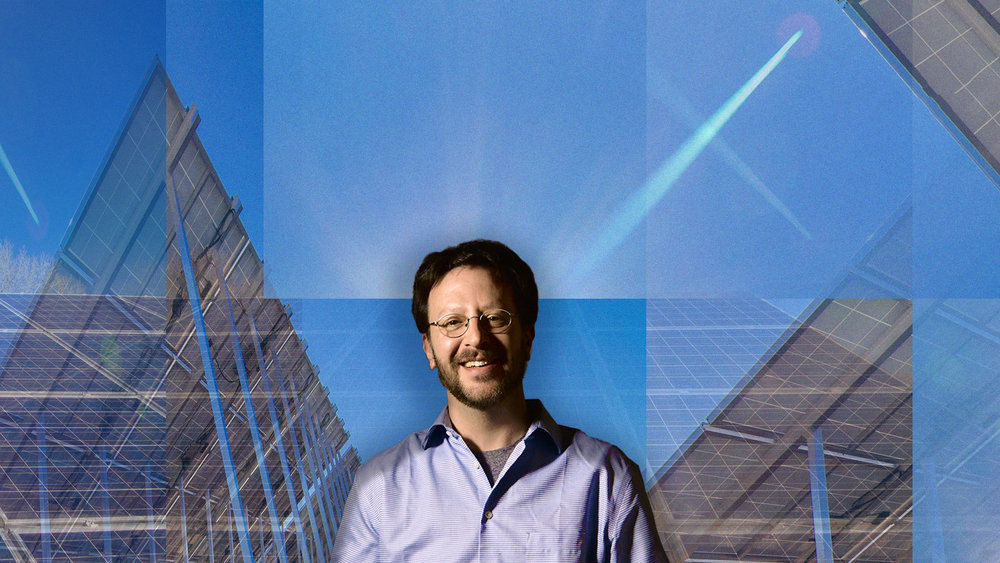
This conversation has been edited for clarity and length.
Tom (Tom Miller – Creative Director, BayWa r.e. Solar Systems; Editor – Solar r.e.view): So, the Suniva trade case is on everyone’s mind. We’ve seen some good, nuanced, articles come out about this recently, but it really comes down to what the president will do with it if it lands on his desk. So walk me through the two scenarios: the president signs it or doesn’t. How will our contractor partners be affected?
Boaz (Boaz Soifer – CEO, BayWa r.e. Solar Systems): So there are more than two scenarios. It’s not a black-and-white, the president signs or doesn’t sign outcome: the main issue is how much injury is awarded. So it’s likely that there will be a finding for injury by the ITC, and the ITC will make a recommendation to the president to remedy that injury, and the president will presumably choose somewhere between the current pricing for Chinese modules and the floor price of $.78/W that Suniva and SolarWorld are requesting.
The bottom line is that it’s wildly unpredictable because it’s an individual determination and there are a lot of political issues that relate to it that in the solar industry we wouldn’t necessarily be thinking about. For example, right now there is a political hotspot around the United States’ relationship with North Korea, and China’s relationship with North Korea plays into that. And this action, since it will primarily impact the sale of Chinese PV modules in the United States—of
We also have a kind of political positioning of the United States as an energy exporter, which is something Trump talked about in his speech in Phoenix yesterday. Fossil fuels are the resources that enable us to be an energy exporter today as a country. A decision could be less about job creation in the solar industry, and more about macro energy policy, which could be a
Tom: So, worst-case scenario?
Boaz: In the worst-case scenario—and $.78 a watt is not even the worst-case scenario—more injuries than that can be awarded. But let’s say $.78 is what happens: we think the residential PV market is going to decline about 15%. And most of that decline is going to happen as a result of states that are marginal in terms of the economic payback for a solar energy system. They are going to suffer a lot. States that are just starting to become mainstream—they’re going to see 60 to 70% declines. Whereas states that are mature like New York, Massachusetts, or California, might not see any decline at all. They might even see growth because there’s so much infrastructure already in place, utility costs are high, and the installed price per watt has been driven down. So, some markets might not suffer at all. So we’re looking at about a 15% reduction in residential in the worst-case scenario.
In the $.55-$.60 a watt scenario, we’re looking at the residential part of the industry probably growing a little bit, or being flat. So we’re projecting flat to 5% growth in that scenario. And a big factor is that all these big utility-scale projects are being procured in advance of the decision, because the
Tom: For the states that are going to remain flat or grow a little, is there a good opportunity there for contractors to stockpile modules right now?
Boaz: I would not recommend that any contractor buy more modules than they need. And I would refer you to my How Much Inventory Should a Solar Installer Carry article [laughs]. Because this is a great time to make a big mistake! So don’t buy more than you can install,
But planning ahead, making an educated guess at what you’re going to need three months from now or six months from now, and communicating with a distribution partner about what that need is, and about how the distribution company can support you in that need, I think that’s really important. Instead of waiting and not forecasting, and not being able to buy at the price you planned on, or at the watt class you need.
Tom: Can you talk briefly about where we are as an industry? You’ve talked a bunch about complexity increasing in the industry. And you’ve written some good pieces on that for the magazine. People can check those out. Do you have any updated thoughts?
Boaz: I would say we are maturing as an industry. And the level of complexity that we are encountering is very real. And I think it’s unfolding more or less as we’ve been talking about in the last couple of years, where the complexity around customer acquisition and financing is becoming flattened out. I would say financing is becoming, little by little, more democratized in terms of being in control of the homeowner. So the homeowner now has access to more options. There’s still a long way to go there, but it’s happening.
And this year we’ve seen technological complexity increase. Storage is now a “thing”. We’re selling storage systems, and our customers are installing them, and they remain the buzz at tradeshows. And contractors are also trying to figure out what the impact of storage is on their own business, in terms of the capabilities that they need to sell, design, procure, install, service, maintain, those kinds of systems. And then coming up is still increased complexity in how the renewable energy infrastructure integrates with the existing utility infrastructure. And I think some of the most advanced thinking about that topic is in how a company like E-Gear is looking at distributed energy resources being a tool that utilities can tap. Meaning that, if you have renewable energy and energy storage distributed around the grid, it creates a level of security for grid operation, but it also creates a layer of complexity in order to capitalize on those resources. And so I think there’s a real wild west still in that category.
So I think that’s all happening, and what I meant by the industry maturing is that we have seen prices fall and margins fall to a level that most companies have to figure out now what they’re good at and do it! [Laughs] Instead of continually being in the self-invention game.
This is growing up time. A distributor has to figure out how to be a great distributor. A contractor has to figure out how to be a great contractor, or a great service provider, or whatever it is they are positioning themselves as. Figure it out.
And because of falling prices, there’s a lot of emphasis on business getting more efficient, not getting more creative. It doesn’t mean creativity is not part of the equation, but for businesses to survive, they have to figure out how to be profitable.
And the market is growing more slowly than it has been. That means there is more pressure now on businesses to execute.
Tom: We have been working a lot, internally, on customer experience. We’ve also been writing about it in the magazine—it came up recently in a software development conversation I had. This is clearly fundamental stuff. Can you explain this focus on customer experience?
Boaz: I would say customer experience is a tool that is useful to have in your toolbox. It’s not necessarily the first tool you should take out of the toolbox, it really depends on what you’re trying to achieve. I think the “aha” for us was that customer experience is not a marketing topic, it’s a business and organizational development topic. And what I mean by that
So if it takes you two weeks to generate a proposal for a customer, it might not matter how high quality that proposal is if the customer needs it in 48 hours to make a decision. So there’s a touch point there for you to rally—not just your sales organization—but maybe there’s design input needed for that, maybe there are tools you need to bring into the business to generate a proposal more quickly, but that’s a touch point where your customer can have a great experience or a negative experience. It gives a framework for your whole team to make choices about what to work on and in what order. And I think in the context of businesses needing to get more efficient, one of the key ways to do that is to make good choices about what we work on and in what order. [Laughs] And all of us are trying to work on more things than we can realistically complete. So the customer experience framework gives us a method of making choices. And there are other tools in the toolbox too, that give you other methods of making choices. It’s important to have more than one tool.
Tom: BayWa went from having just a few newsletters a year, to a print magazine with a feature-length articles. Can you talk a bit about the strategy behind this magazine? What are we trying to do? What can get from our magazine that they can’t get elsewhere?
Boaz: The strategy behind the magazine is to share our continual improvement, and continually changing thinking methods, with our customers. This industry is changing so quickly—and there’s so much pressure on every company in this industry to improve—that whenever we uncover a way of thinking about things that
So that fits into the vision of our business because we ultimately want the industry itself to be sustaining. We want this industry populated with healthy companies because the communities that rely on these companies need good resources. In order to have a healthy
So the strategy comes down to that level of OD work. Our goal with the magazine is for individuals to develop, and for companies to develop so that the universe of solar installation companies is healthy and can support the communities they’re in, to make good and beneficial energy choices for decades to come.
Tom: What can readers get from our magazine that they can’t get elsewhere?
Boaz: Let me put it this way: the things that we write about come from our own experience in the solar industry. We are not copying and pasting from a book. While the Theory of Constraints is a really interesting topic we’re not publishing Goldratt’s Theory of Constraints, we are publishing how we are applying the theory of constraints
Tom: Stand out articles?
Boaz: Let me look at the list of
I really like the article I just alluded to about using the Theory of Constraints. I’m ready to write a sequel to it because we have some lessons learned about what worked and what didn’t in applying that. So I think there’s kind of a journey there to talk about. I love, by the way, the video you did about managing quality. That came from the NABCEP conference. Man, four super-experienced people, with different scales to their business, but all focused on quality. And I learned a lot from that one.
The example that I keep coming back to is, Chad, from Net Zero Solar, was making the transition to having someone other than him be responsible for selling, in a 10 person company. While Keith, at Baker Electric Solar, was focused on managing
Tom: I just want to mention to the readers that that video is also available as a podcast, so people can listen to those responses. So you’ll be on a panel SPI in a few weeks. What will the panel be on?
Boaz: … [Laughs]
Tom: Do you remember?
Boaz: Hang on a second. I think the name of the panel is “Getting Out of the Race to the Bottom.” Pam Cargill is moderating the panel and she’s a fantastic moderator. I think the timeliness of this topic is great. It’s aligned with how we started this conversation about where are we as an industry and how businesses need to get more efficient. The target audience is solar contractors, and I know that at least two of the panelists are solar contractors with a lot of diverse experience. My hope is that contractors in the audience leave the session with some insight about what they might do differently or think differently about, in their business in order to increase efficiency, or manage the right parameters, so that they can sustain in such a pressure vessel of an environment.
Tom: Back when BayWa r.e. Solar Systems was Focused Energy, our line card was just a few best in class products. And that was a very intentional decision. Has that changed at all? And if so, why?
Boaz: So the line card has expanded. And in that
I would say that a lot of what we did 10 or 15 years ago, as a distributor, was to provide technical advice. We still do that today, but much less so. Today we often have a contractor requesting a specific product and we might, if we don’t carry that product, offer them some alternatives and discuss the comparative technical attributes. But chances are they’ve done their homework and they’re choosing a specific component based on their own internal disciplines. We don’t want to interfere with that process. We’re happy to support the process, and if a contractor wants our input we’re happy to provide it. But more and more our goals are not about technical advice, they’re about supply chain advice. We want to be having conversations with our customers about how they plan and how they procure, and how we can support them in having the right amount of inventory at the right time so they can run the healthiest business possible. And we’re focused less on having discussions on why they would choose one component over another. We can still do that, our sales team is incredibly competent in doing that, but it’s less of a focus for us because of the maturation of the industry.
Tom: That kind of falls in line with what Georg Bettenhauser was talking about—how we’re going to see manufacturer brands playing a larger role. And it just seems like people know the products better. So that’s changing our role a bit as well.
Boaz: Yeah, and the philosophical decisions have been made, right? Again, eight years ago, somebody needed to understand the value proposition of a microinverter. And there are nuances to that about what the efficiency impact might be on their business-from moving from a string inverter to a micro inverter-not just the technical, how does it operate on the roof part of it. So, there was some nuance there that we needed to support, in introducing new decision criteria. But at this point contractors also understand the criteria much better.
Tom: For those who don’t know, we are a German-owned company. Can you talk about the advantages and disadvantages of being a small part of a much larger organization? What are the constraints, implied or explicit, there? Do you see those constraints as positive or negative?
Boaz: So, I think it’s important to point out that BayWa AG is a professional holding company, and they’ve been a holding company for over 90 years. That means that they’ve been figuring out how to support subsidiaries for that whole time. So it’s very different than being part of a rollup, where a company is buying up a lot of distributors and anticipating benefiting from the increased efficiency of finding synergies between them. That’s not how BayWa operates. BayWa doesn’t try to mush all of their subsidiary companies together and try to eke efficiencies out of that process. There’s a very individual process for each subsidiary figuring out what resources it wants to share with BayWa and what resources it wants to keep independent.
So we choose which products we offer. And every other BayWa subsidiary does the same thing. We craft our own go-to-market strategy, based on what we see happening in the US, and BayWa respects that we’re the people closest to it and that we’re best informed to make those decisions. So it’s much more autonomous than an owner-subsidiary relationship could be. On the other hand, BayWa has global relationships with manufacturers, with finance companies and banks, with auditors, with consultants, with marketing firms, and we can tap into those resources when we want to. So meeting with the CEO of a large global manufacturer with whom we don’t have a US relationship is pretty easy, because we probably have a relationship with them in some other country, through one of BayWa r.e.’s 30+ subsidiaries.
So I think it’s pretty ideal. I haven’t been through a lot of these kinds of partnerships, but I have seen some. And I’ve seen almost every other example be a lot more
Tom: Along those lines, what’s our slice of the distribution pie in the US, relative to other distributors? How are we doing? And why should people make the choice to work with us versus our competition? I want you to keep this short: I don’t want to say “elevator pitch”, because I don’t want it to be a sales pitch, but what makes us different?
Boaz: We don’t talk about individual revenue and market share numbers, publicly. We talk about the BayWa r.e. group, in general. So I can share that the BayWa r.e. group is around €1 billion in revenue with about 1000 employees globally. And, in distribution, and in almost every market that BayWa is in, we are gaining market share.
Tom: And why should people work with us?
Boaz: Being “focused” is in our DNA. Planning for future availability, future pricing, promptly sharing information—I’d say that our ability to do these things
We have some great customer testimonials on our website that people can check out. Our customers tend to say we look out for them, we have their back, we help them by giving them
Tom: Okay! I understand you not wanting to pitch here. Maybe, can you discuss the internal work you’re doing and how it benefits customers?
Boaz: Well, I’d say that we do a lot of internal work to be focused and efficient in our processes and it’s clear that bleeds into our ability to plan with contractors. We are continually improving our methods of
Our belief is that as a distributor, our first priority is to deliver components predictably, which requires us to communicate effectively as well. To do this efficiently, and to help our customers also be efficient in the process, there’s an element of collaboration with our customers that we are good at—planning for future availability, future pricing, and continually sharing that information in more useful formats, and more promptly—that really helps us make good choices together with our partners.
Tom: You’ve been in the industry awhile now. You’ve been an installer, a manufacturer, you’re also an inventor. What are your impressions of where the solar industry has come over the past number of years? Are you surprised at where we’re at now? Are we further along than where you thought would be? Not as far?
Boaz: When I started in the industry, there was no grid tie market. The market was for remote homes. That is, for people who wanted to take their homes off the grid and were willing to invest a lot of resources to make that happen. I think systems were getting installed for something like $12 a watt. And now they’re getting installed for under 3 dollars a watt, pretty consistently. So, I think we knew back then that solar becoming mainstream was going to mean scale, prices coming down, things like that. There have absolutely been some surprises along the way also. For example, microinverters were attempted several times before Enphase came along. But Enphase has done it in a way that has captured roughly half of the US residential market. I left distribution for six years and when I came back, Enphase had 50% market share. When I left it had been all string inverters. So that was a big surprise for me.
I’m also surprised at the way in which storage is becoming part of the market. I completely understand how energy storage offers a degree of economic opportunity for both the utility and the energy storage owner. But intuitively, it seems really inefficient to install batteries all over the grid. So I’m not sure how that’s going to play out. I’m also surprised that some verticals within renewable energy have really suffered. I was a solar heating guy for a while. And I think solar heating is very relevant, important technology. And it’s totally been overshadowed by PV because electricity is so much more manageable than thermal energy. So that’s kind of surprising. Kind of disappointing, too.
The chapter of dominance by national integrators has been a surprise. But the counterpoint to that is that it’s not a surprise to see those companies declining. You know, we keep treating the solar industry like it’s not a construction industry. And trying to innovate business models, like “solar as a service”, and all kinds of overlays, that ignore that solar at its root involves drilling holes in the roof and attaching equipment to the roof that has to operate essentially without maintenance for 25 years. That’s a construction project. And we keep forgetting that. I think the industry
Tom: Yes, it does. Now that you’ve been CEO of BayWa r.e. Solar Systems for a few years now, what are some of the most important things you’ve learned, and what are the most important things for you to accomplish, or focus on as a company, in the coming years?
Boaz: Man, that’s a big question!
I think one of the most important things I have learned is: you can’t effect external change without effecting internal change.
And that’s something that we learn every day. If you want to be a certain way in the market, it requires you to be a certain way in yourself, both as an individual and as an organization. For the last three or four years focusing so much on culture and strategy and internal development has given us a level of awareness about who we are and who we want to be, that makes us more realistic and pragmatic. And I think that’s a really important learning to always come back to: that you can’t create external change without internal change. So if you want to have a healthy partnership, you have to be a healthy individual. That applies
The most important things for us to get done over the next couple of years are really clear: number one is, supply chain in solar is still pretty immature. We have to invent the ways that our customers – solar contractors – can plan and procure for their pipeline of projects. We have to make those methods as seamless and convenient to use as possible. And we have to be able to deliver solar equipment with a minimum of damage and other hiccups, and with a maximum of transparency and predictability.
There’s some pressure from the market for us to deliver the same day or the next day, things like that. I actually don’t think that’s the right focus for us. It’s appropriate for solar contractors to control some amount of inventory, so they can control schedule risk, and things like that. I don’t think we have to deliver same day. I think we have to deliver in a replenishment method that’s predictable and transparent for contractors. And I think there’s a lot of work to do there. Industries that have figured that out have much higher margins than solar does. That’s just a reality. So we have to figure out how to do that with fewer people and cleaner systems than any other industry.
Tom: Does that rely on insight from the customer to the distributor? What does that transparency look like?
Boaz: The transparency, ultimately, depends on us having visibility into what a contractor is going to install over some period of time so that we can plan for them or with them. And by the same token, we want to aggregate that visibility and share it with the manufacturers work with so that our own procurement matches the demand in the market. That’s really central to how a supply chain works in many other industries—having that visibility upstream and downstream. But again, in solar, we have a unique problem—or opportunity—of having to do it on lower margins than any other industry I can think of. I don’t know why that’s happened in solar. Maybe it’s because solar has to compete with fossil fuels on price, ultimately. But that’s our challenge. To be the most efficient and create the most transparent and convenient and seamless procurement methods is an inherent

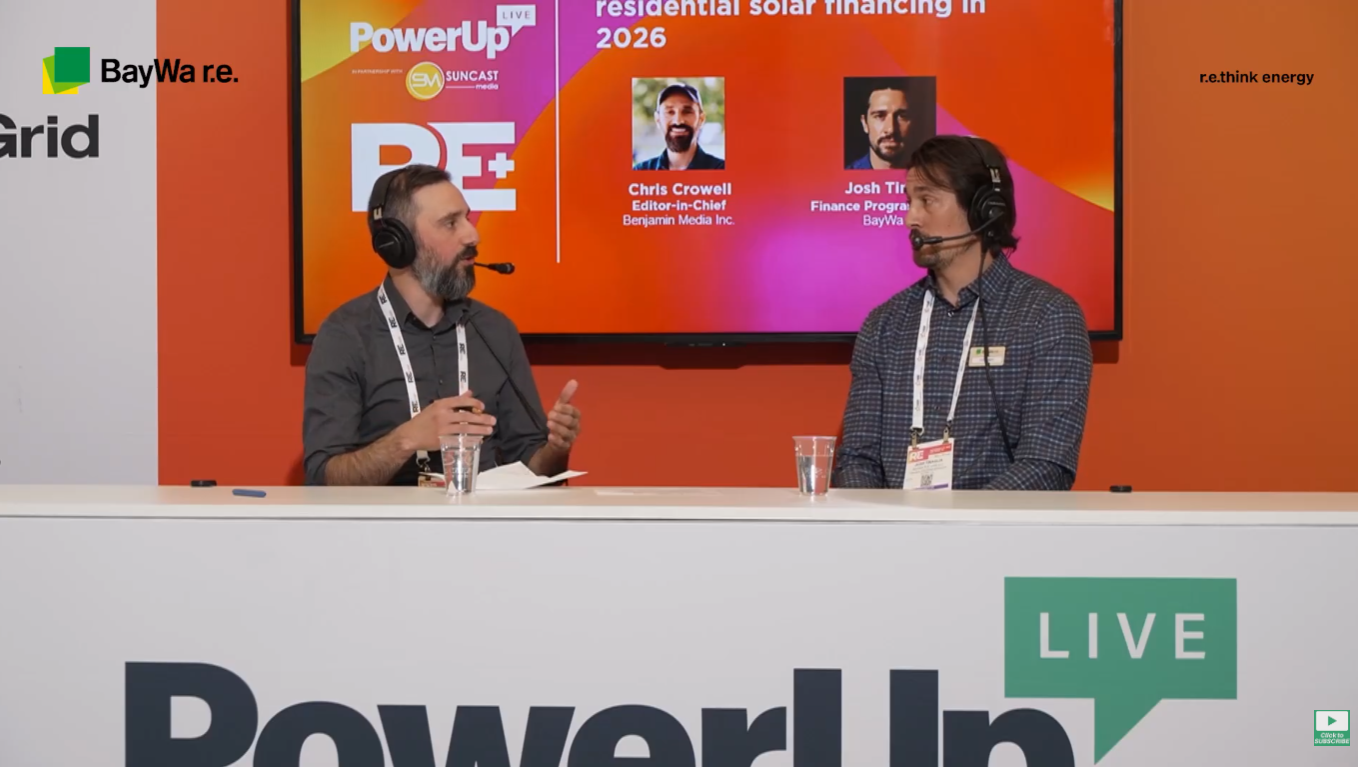
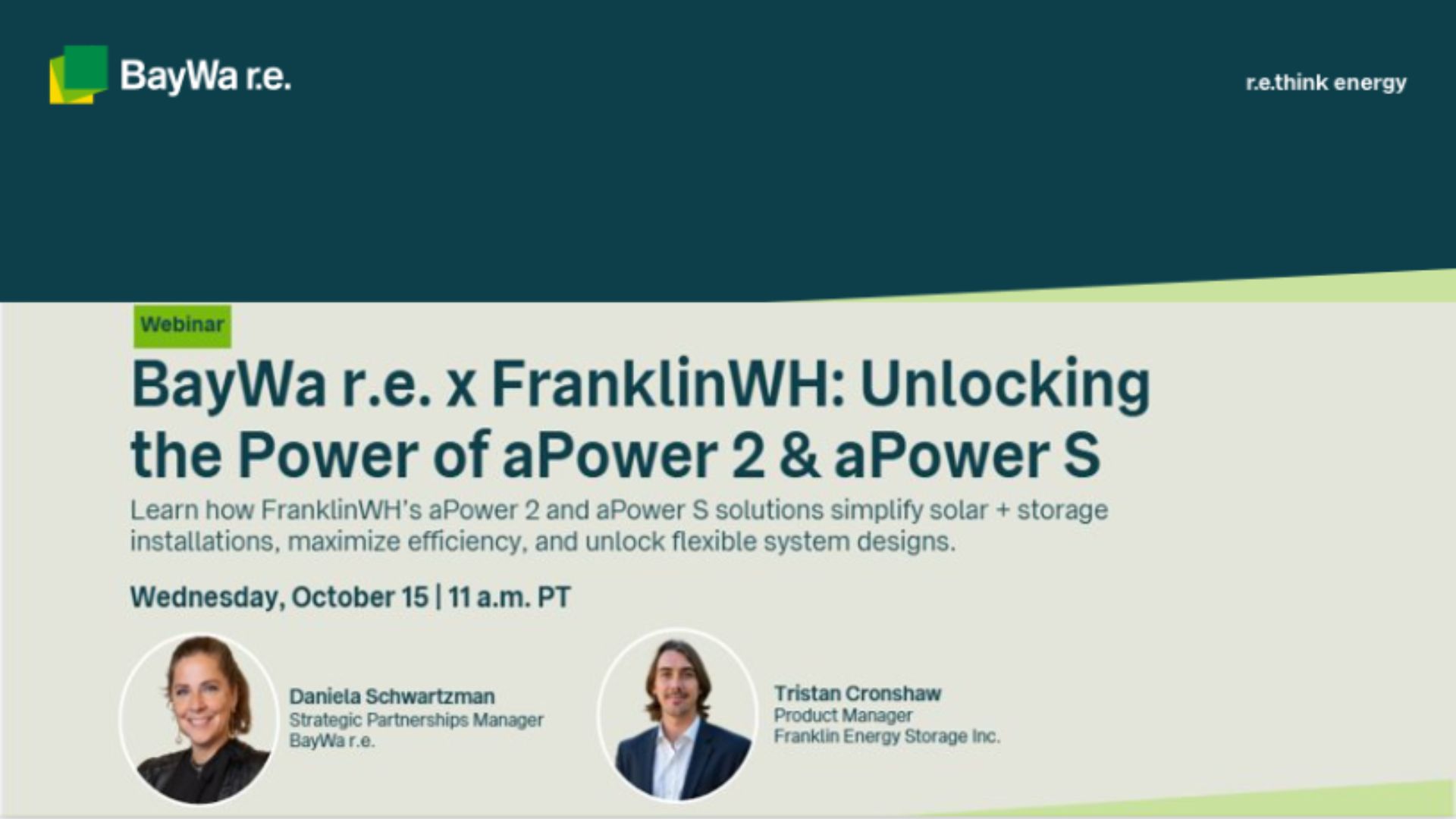

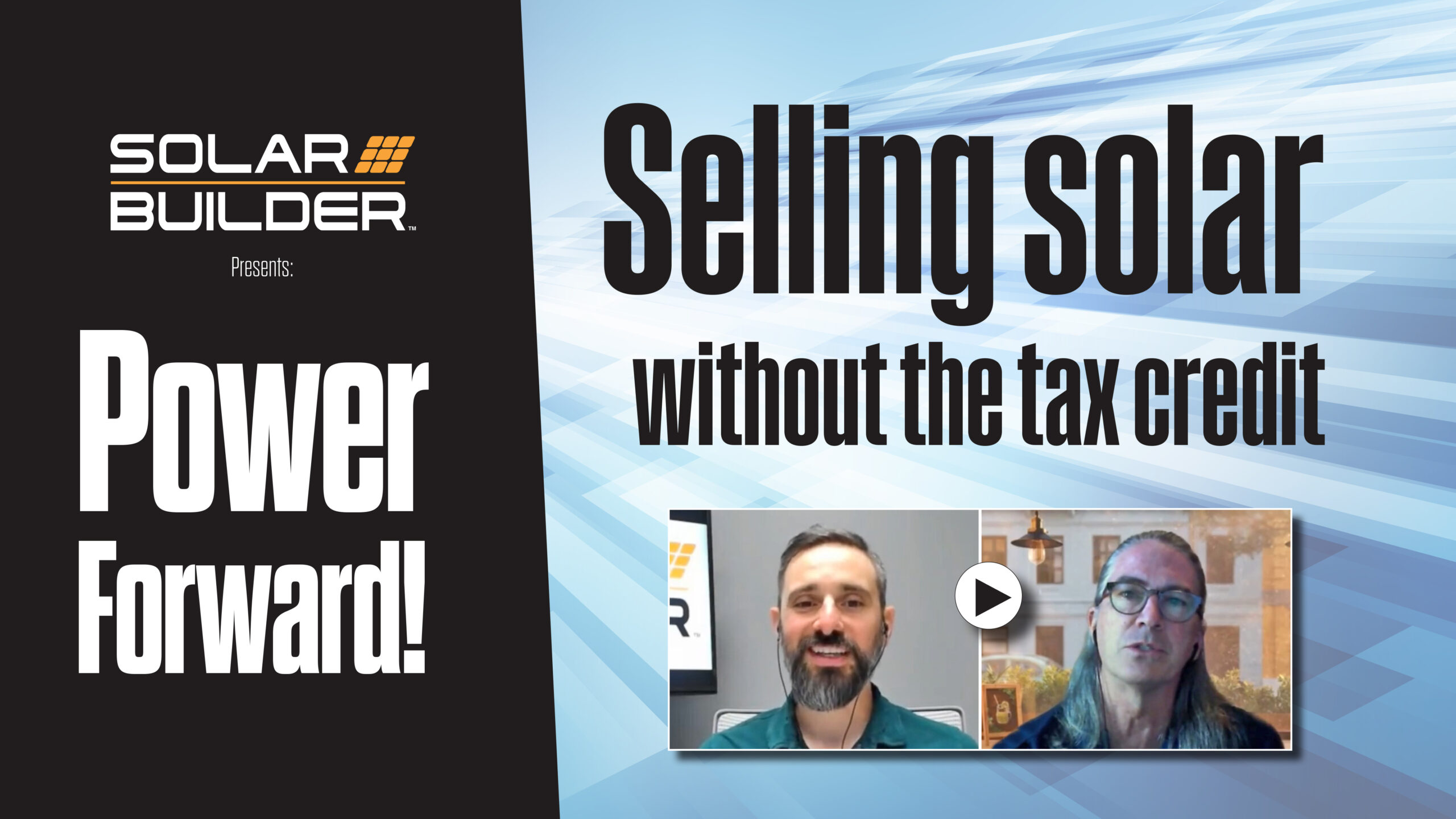
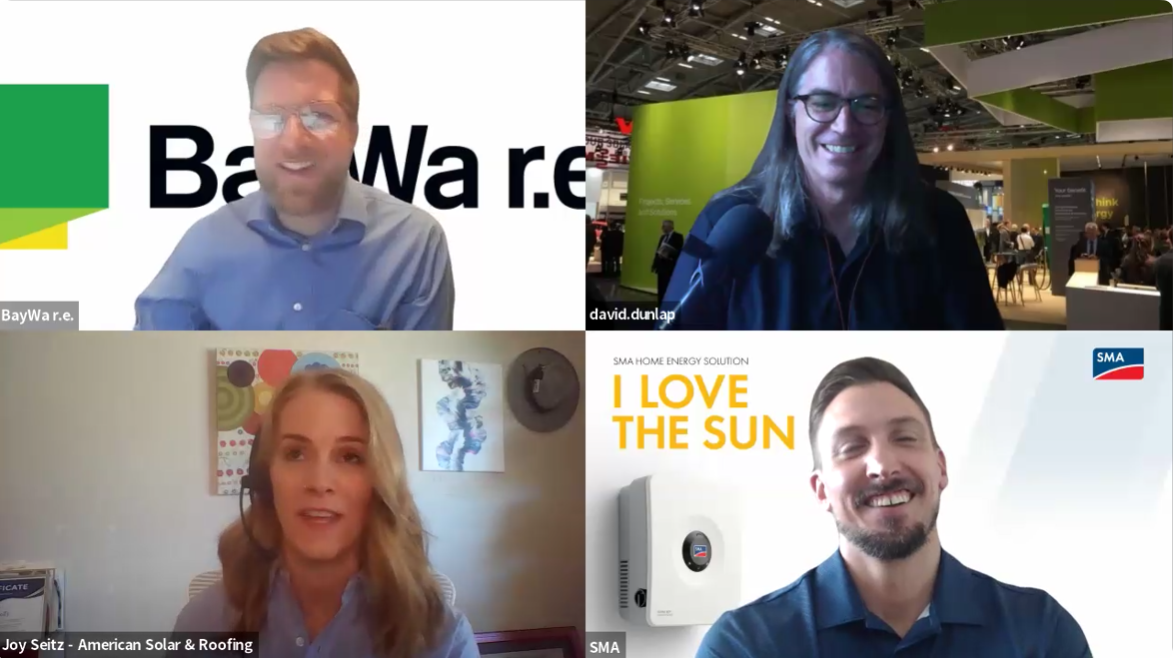
Please add a "print" icon to your articles, since this could be something to read later, not online. Thank you.
Thanks for the suggestion, Nancy—I’ll do that. We’ll also be featuring this article in our magazine’s first print edition, available at SPI. If you’re planning on attending, come pick up a copy!
This was an excellent article especially for someone new to this industry.
Thanks for the feedback, Brian. If there are any particular topics you’d like to see us cover, please suggest them. Good luck, Boaz
Boaz,
What do you think of the new Enphase-integrated AC Modules from Jinko Solar and LG; they seem like such a simpler and easier way to install solar systems, plus they simplify the install by removing the need to install separate MLPE and panel. LG NeON2 330W ACe: http://www.lg.com/us/business/solar-panel/all-products/lg-LG330E1C-A5 and Jinko Eagle AC product: https://jinkosolar.us/products/
Hi TJ, thanks for commenting. I think AC modules are an important step in streamlining the offering. Labor savings and streamlined logistics are the obvious low-hanging fruit in terms of benefits, but I think this also represents transition from selecting components to selecting an ‘appliance’ for lack of a better phrase. When we buy cars or refrigerators or computers or air-conditioning systems, we don’t get bogged down in the type of compressor or catalytic converter or hard drive embedded in the package, and there’s a good argument that the same will occur for solar. Lots more to be said on the subject, but I’ll pause there. By the way, BayWa sells the LG ACe you refer to and volumes are certainly picking up.